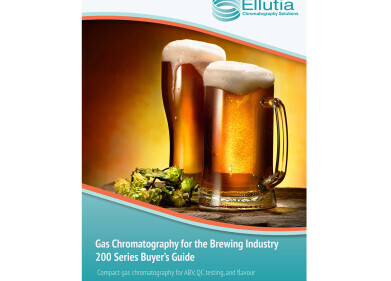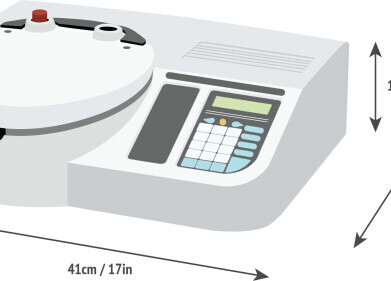Chromatography
What Does Water Taste Like?
Jul 31 2017
Unless it’s flavoured, sweetened or mixed with alcohol, water is generally tasteless. But according to the latest research from the California Institute of Technology, H2O may not be as bland as originally thought.
Led by Yuki Oka, the study confirms that tongues actively ‘taste’ water by sensing traces of acidity. As well as triggering a sour sensation, these acid sensing cells also help mammals detect water.
A sour sensation
The new study proves that tongues do have a way to detect water, not by tasting the water itself but by sensing acidity. According to Oka, a brain area called the hypothalamus is used to control thirst. But while the brain can sense when the body is dehydrated, it can’t independently taste. This is where taste buds come in. In order to recognise what the tongue is tasting the brain relies on signals from the mouth.
“There has to be a sensor that senses water, so we choose the right fluid,” explains Oka.
This ensures that humans and other mammals don’t accidently drink another liquid by accident. In the wild, this could be a fatal mistake.
An electric reaction
To hone in on this elusive water sensor Oka and his team studied mice. They dripped different liquids onto their tongues, including sweet, sour, savoury and unflavoured water. Simultaneously they recorded electrical signals generated by nerve cells in the taste buds. As expected, there were strong nerve responses to all three flavours. But surprisingly, they saw a similar strong nerve response to water.
A domino effect
So how does the reaction work? The mouth is filled with saliva, which is made up of enzymes and other molecules. The mix includes bicarbonate ions, which are tiny negatively charged molecules. Their presence means that the mouth has a higher pH level than pure water. However when water enters the mouth it washes away saliva and activates an enzyme that’s designed to replace the negative ions. As a side effect, the enzyme also produces protons. These protons are acidic and trigger sour receptors in the taste buds, which then prompt nerves to fire signals to the brain.
While the human body is incredibly apt at detecting toxins, there’s always room for a little scientific help. Spotlighting methods like mass spectrometry, liquid chromatography, gas chromatography and inductively coupled plasma, ‘How Safe is Safe? Analytical Tools for Tracing Contaminants in Food’ explores the crop safety techniques being used to protect consumers, animals and plants.
Digital Edition
Lab Asia Dec 2025
December 2025
Chromatography Articles- Cutting-edge sample preparation tools help laboratories to stay ahead of the curveMass Spectrometry & Spectroscopy Articles- Unlocking the complexity of metabolomics: Pushi...
View all digital editions
Events
Jan 21 2026 Tokyo, Japan
Jan 28 2026 Tokyo, Japan
Jan 29 2026 New Delhi, India
Feb 07 2026 Boston, MA, USA
Asia Pharma Expo/Asia Lab Expo
Feb 12 2026 Dhaka, Bangladesh



















